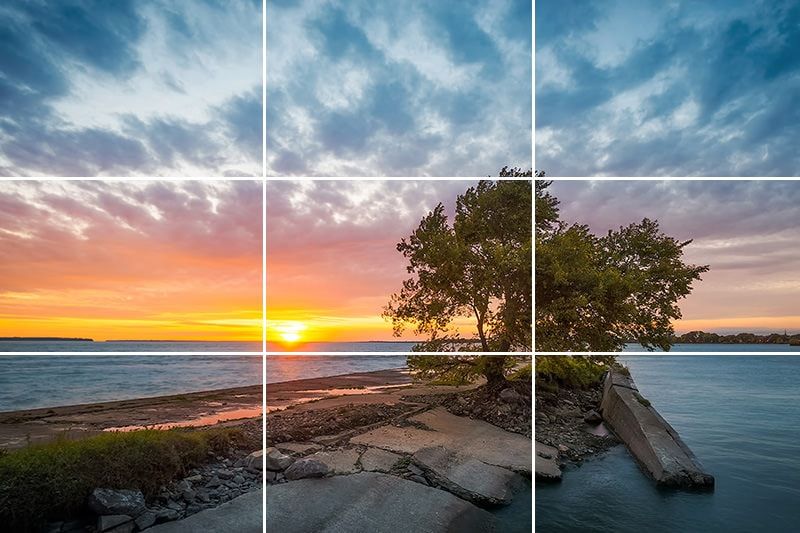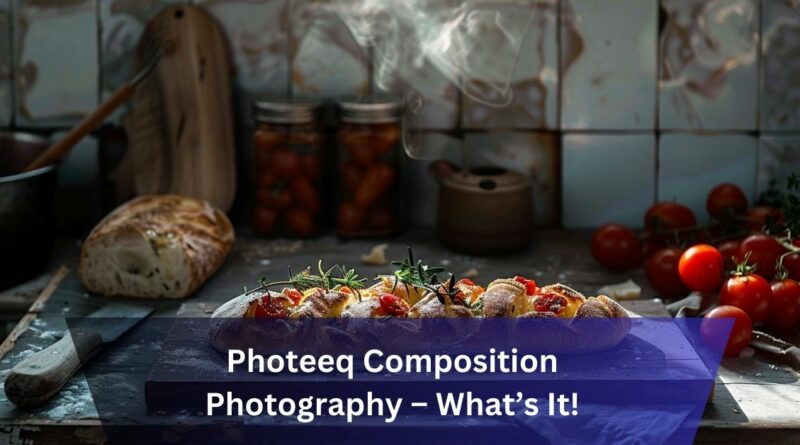Photeeq Composition Photography – What’s It!
Imagine stepping into a world where every photo you take tells a beautiful tale. That’s the magic of Photeeq Composition Photography! It’s like being an artist with a camera, painting scenes that capture hearts and minds.
Basically, Photeeq Composition Photography is an artful way of taking photos that focuses on arranging elements. It involves careful consideration of composition principles such as the Rule of Thirds, leading lines, and symmetry to craft compelling visual narratives.
Why Is Composition Important In Photography?
Composition is vital in photography because it directs the viewer’s attention, conveys the photographer’s message, and creates a visually pleasing image. It involves arranging elements within the frame, such as lines, shapes, colors, and textures, to create balance, harmony, and visual interest. A well-composed photograph can captivate viewers, evoke emotions, and leave a lasting impression.
Rule Of Thirds In Photeeq Composition Photography?

Consequently, The Rule of Thirds in Photeeq Composition Photography involves dividing the frame into a grid of nine equal parts using two horizontal and two vertical lines. The key elements of the photo are then aligned with these lines or their intersections, creating a balanced and visually engaging composition.
By following this rule, Photeeq Composition Photography can enhance the overall impact and storytelling of their images, leading to more captivating and memorable photographs.
How Do Leading Lines Help In Photeeq Composition Photography?
Exactly! Leading lines serve as visual cues that guide the viewer’s gaze towards the main subject or focal point in a photograph. Here’s how they help in Photeeq Composition Photography:
Read: Fun88ml.Com – What Is It?
Guiding the Viewer’s Eye:
In Photeeq Composition Photography, guiding the viewer’s eye is achieved through techniques such as leading lines, framing, and placement of key elements within the frame. Leading lines, for example, are prominent visual cues that draw the viewer’s gaze towards the subject by creating a pathway or directionality within the image. By strategically incorporating leading lines into the composition, photographers can control the viewer’s perception and guide them towards the intended focal point, ensuring a more impactful and immersive viewing experience.
Adding Depth and Dimension:
By including elements in the foreground (closest to the viewer), middleground (mid-distance), and background (farthest from the viewer), photographers can create layers within the image, adding depth and dimension. According to professional photographer Carey Cadieux, this gives the viewer a sense of perspective and scale, making the scene feel more expansive and immersive.
Leading lines, such as roads, fences, or pathways, can lead the viewer’s eye into the image, creating a sense of depth and guiding them towards the main subject. Additionally, playing with perspective by including elements of varying sizes and distances can further enhance the perception of depth within the photograph.
Creating Movement:

Leading lines are a powerful compositional tool that can create a sense of movement by guiding the viewer’s eye through the image. Another way to convey movement in Photeeq Composition Photography is by capturing subjects in motion or intentionally introducing motion blur into the image.
Changing the perspective or viewpoint of the camera can also create a sense of movement within the photograph. Angling the camera or shooting from a low or high vantage point can create a sense of motion by altering the viewer’s perspective and changing the way they perceive the scene.
Enhancing Composition:
Ensuring a harmonious distribution of elements throughout the frame creates a sense of balance and stability. Symmetrical compositions, where elements are evenly distributed on either side of the frame, can convey a sense of order and serenity.
Following the Rule of Thirds divides the frame into a grid of nine equal parts and places key elements along the gridlines or their intersections. This creates a visually pleasing balance and guides the viewer’s eye towards the focal point of the image.
What Are Symmetry And Patterns In Photeeq Composition Photography?
Symmetry and patterns are powerful compositional tools that can create visually striking images. Symmetry adds a sense of balance and order, while patterns bring repetition and rhythm to your compositions. By incorporating symmetry and patterns into your photos, you can create images that are both aesthetically pleasing and emotionally resonant.
How Does Light Affect Photeeq Composition Photography?
Quality of Light:

Firstly, The quality of light, whether soft or harsh, natural or artificial, can significantly impact the visual appeal of a photograph. Soft, diffused light, such as that during the golden hour, can create a warm and inviting atmosphere, while harsh, direct light can produce strong shadows and highlights, adding drama to the scene.
Direction of Light:
In Addition, The direction from which light falls on the subject can shape the composition and mood of the photograph. Front lighting illuminates the subject evenly, while side lighting creates depth and texture by casting shadows. Backlighting can produce silhouettes or highlight outlines, adding interest and dimension to the composition.
Color Temperature:
Also, The color temperature of light, whether warm or cool, affects the overall color tone of the image. Warm light, such as that during sunrise or sunset, can evoke a sense of coziness and nostalgia, while cool light, like that on overcast days, can create a tranquil and serene mood.
Shadows and Highlights:
Moreover, Shadows and highlights created by light add depth and dimension to the composition. They define the shape and form of the subject, emphasizing texture and detail. By manipulating the interplay of light and shadow, photographers can create visually dynamic and compelling images.
Read: Karingkarla – New features In 2024!
Time of Day:
Lastly, The time of day when the photograph is taken influences the quality and direction of light. The golden hour, occurring shortly after sunrise or before sunset, provides soft, warm light that enhances colors and textures. Conversely, midday light tends to be harsher, casting strong shadows and highlights.
What Emotions Can Colors Evoke In Photos?

Colors have the power to evoke emotions, set the mood, and convey meaning in your photographs. Warm colors like reds, oranges, and yellows can evoke feelings of warmth, energy, and passion, while cool colors like blues and greens have a calming and soothing effect. By understanding the psychology of color, you can use it to enhance the emotional impact of your images.
FAQs:
How can I capture emotions in my photos?
Capturing emotions in your photos is all about timing, empathy, and connection. Whether it’s the laughter of a child, the tears of a bride, or the quiet contemplation of a stranger, being able to anticipate and capture genuine moments of emotion is what separates a good photo from a great one.
How do photographers create stories through images?
Photographers create stories through images by carefully crafting their compositions, selecting their subjects, and capturing moments that resonate with their audience. Each photo is a chapter in the larger narrative, weaving together emotions, experiences, and perspectives to create a cohesive and compelling story.
What are some tips for editing photos?
When it comes to editing photos, less is often more. Focus on enhancing the natural beauty of your images rather than drastically altering them. Pay attention to things like brightness, contrast, color balance, and sharpness, but always strive to maintain the integrity and authenticity of the original image.
Where can I find help to improve my photography skills?
There are countless resources available to help you improve your photography skills, from online tutorials and workshops to photography clubs and mentorship programs. Surround yourself with other passionate photographers, seek out constructive feedback, and never stop learning and experimenting.
Conclusion
Photeeq Composition Photography is more than just a technique; it’s a way of seeing and storytelling through images. By mastering the art of composition, you can create photographs that not only capture moments but also evoke emotions, spark imaginations, and leave a lasting impression on viewers. So grab your camera, explore the world around you, and let your creativity soar with Photeeq Composition Photography!
Read Also:
